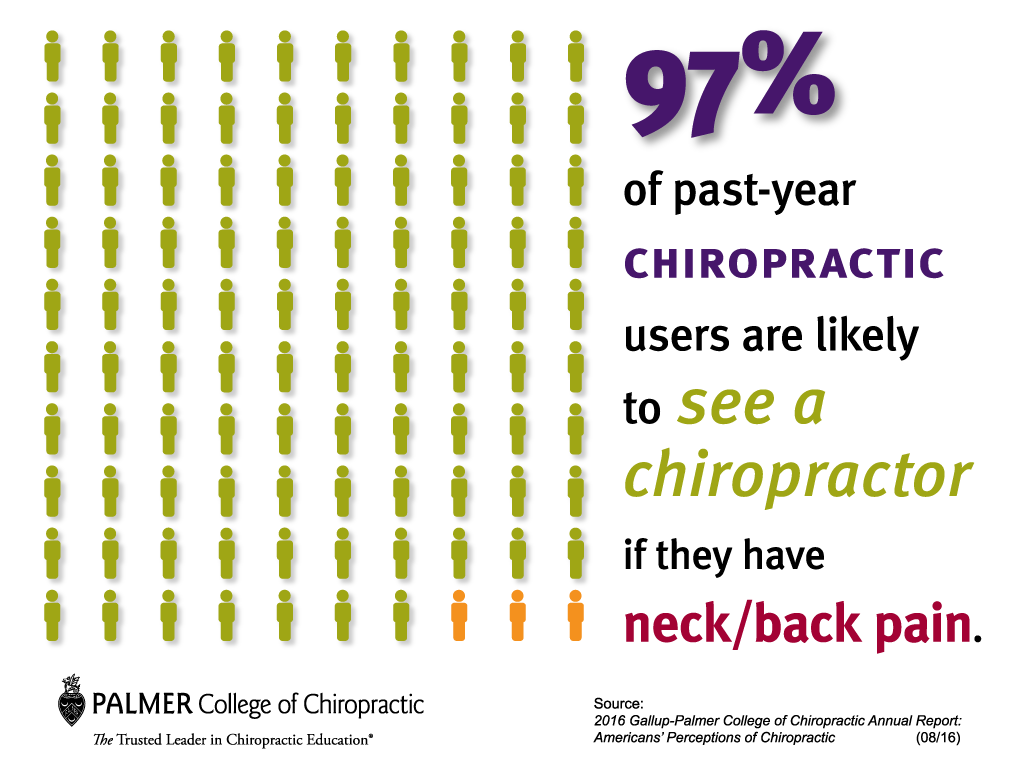Be Prepared To Untangle The Fascinating Mobile Interactions Associated With Cold Laser Therapy And Its Utilization Of Light For The Function Of Recovery. Immerse On Your Own Even More Into The Realm Of Scientific Research!
Be Prepared To Untangle The Fascinating Mobile Interactions Associated With Cold Laser Therapy And Its Utilization Of Light For The Function Of Recovery. Immerse On Your Own Even More Into The Realm Of Scientific Research!
Blog Article
Material Writer-Rosendahl Pedersen
You may have come across cold laser treatment as a promising treatment option for different conditions, yet have you ever before questioned how it in fact services a cellular degree? Recognizing the mechanisms behind this therapy can shed light on its performance in promoting recovery and lowering swelling. By discovering the science behind cold laser treatment, you'll gain insights into the remarkable ways in which light can influence mobile processes and promote cells repair.
Just How Cold Laser Treatment Works
To recognize how cold laser treatment functions, you need to grasp the fundamental concepts of how light energy engages with organic tissues. Cold laser therapy, also referred to as low-level laser treatment (LLLT), makes use of particular wavelengths of light to permeate the skin and target hidden cells. Unlike the extreme lasers used in surgeries, cold lasers emit low levels of light that don't create heat or create damages to the tissues.
When these mild light waves get to the cells, they're taken in by components called chromophores, such as cytochrome c oxidase in mitochondria. This absorption activates a collection of organic actions, consisting of enhanced mobile power production and the release of nitric oxide, which improves blood circulation and decreases swelling.
Furthermore, the light power can also promote the manufacturing of adenosine triphosphate (ATP), the energy money of cells, assisting in mobile fixing and regeneration processes.
Essentially, cold laser treatment harnesses the power of light energy to advertise recovery and ease discomfort in a non-invasive and mild fashion.
Mechanisms of Action
Exactly how does cold laser treatment in fact function to create its therapeutic results on organic tissues?
Cold laser treatment, additionally called low-level laser therapy (LLLT), runs with a procedure referred to as photobiomodulation. When the cold laser is put on the skin, the light energy permeates the tissues and is absorbed by chromophores within the cells.
https://www.ucihealth.org/news/2021/05/new-laser-can-pulverize-kidney-stones , such as cytochrome c oxidase in the mitochondria, are then promoted by the light power, bring about a cascade of organic responses. One crucial system of action is the improvement of cellular metabolic rate.
The taken in light power increases ATP production in the mitochondria, which is critical for mobile feature and fixing. Furthermore, cold laser therapy aids to decrease swelling by hindering inflammatory arbitrators and advertising the launch of anti-inflammatory cytokines.
This anti-inflammatory effect contributes to discomfort relief and tissue healing.
Healing Results
Understanding the healing impacts of cold laser therapy includes recognizing exactly how the enhanced mobile metabolic rate and anti-inflammatory homes add to its favorable results on biological cells.
When the cold laser is related to the affected area, it promotes the mitochondria within the cells, resulting in raised production of adenosine triphosphate (ATP), which is crucial for mobile feature and fixing. laser therapy for pain relief in mobile energy increases the recovery process by promoting cells regeneration and minimizing swelling.
In addition, the anti-inflammatory residential properties of cold laser treatment help to lower discomfort and swelling in the targeted location. By preventing inflammatory arbitrators and advertising the release of anti-inflammatory cytokines, cold laser treatment aids in reducing discomfort and improving the overall recovery feedback.
This reduction in inflammation not only offers instant relief yet also sustains long-lasting cells repair.
Verdict
Finally, cold laser therapy works by promoting mobile fixing and tissue regrowth with photobiomodulation. Its anti-inflammatory residential or commercial properties supply pain alleviation and lower swelling by inhibiting inflammatory mediators.
This therapy supplies a detailed strategy to recovery, delivering both prompt relief and long-term tissue repair advantages.
With its devices of activity, cold laser treatment shows to be a reliable and promising therapy option for a variety of problems.
